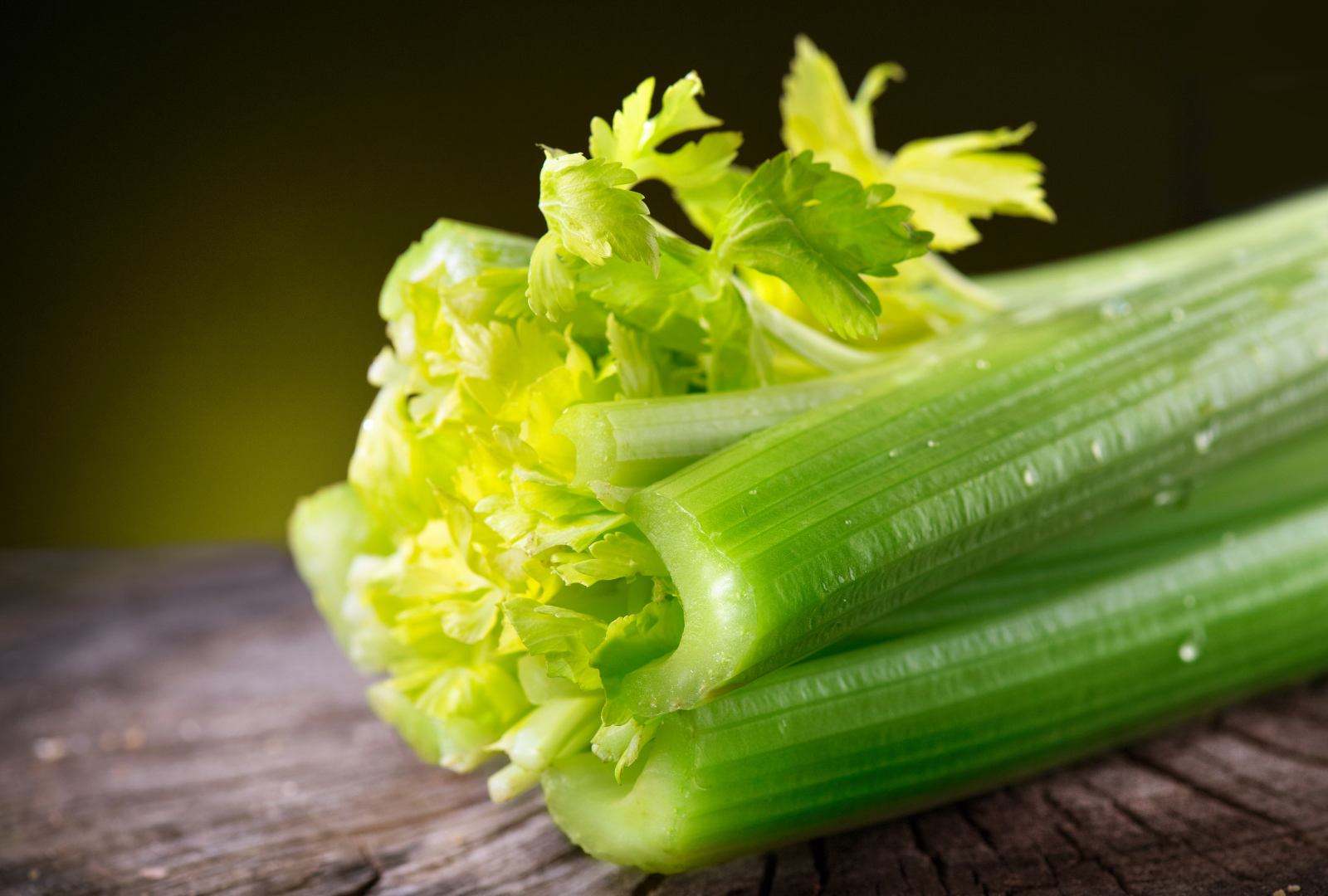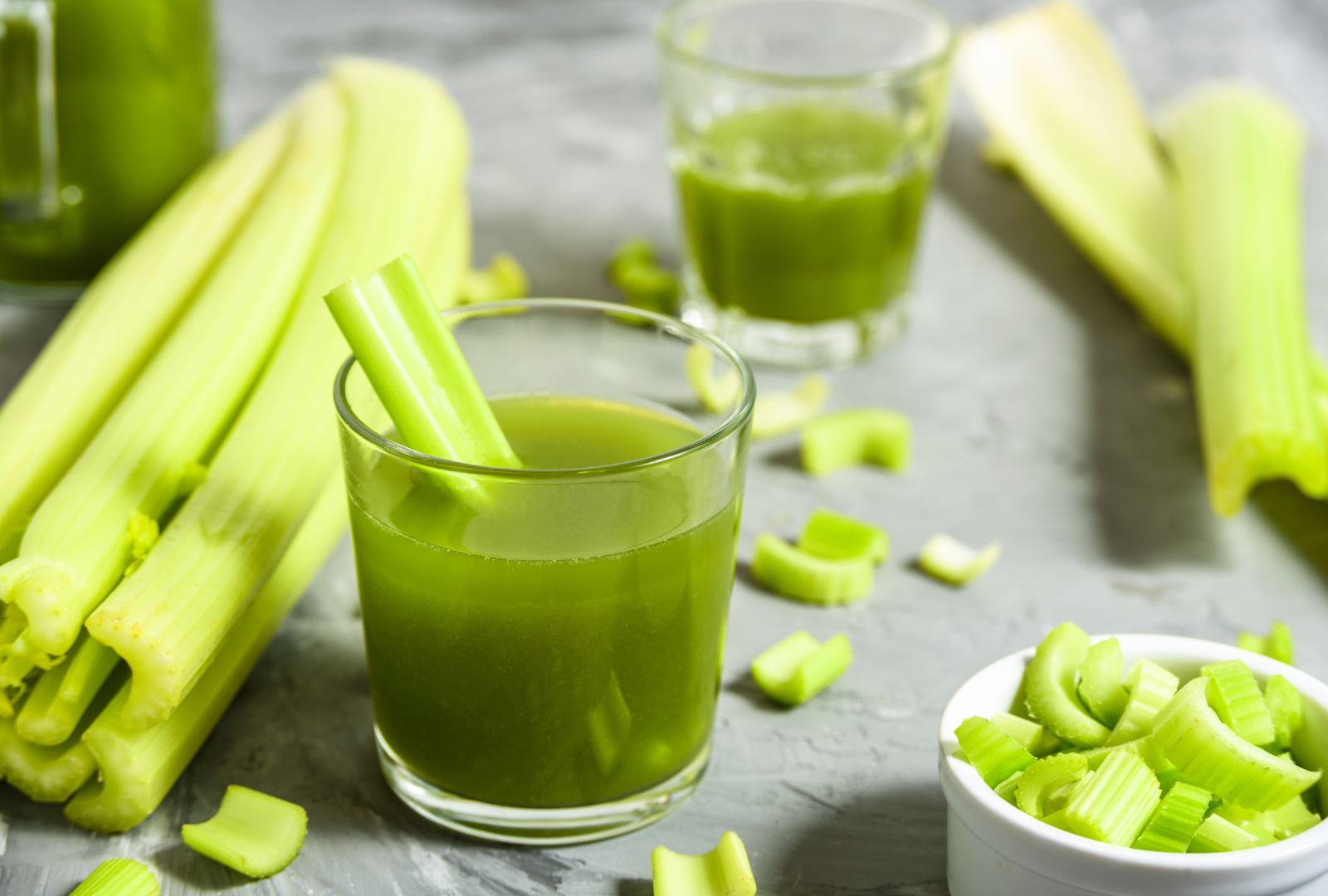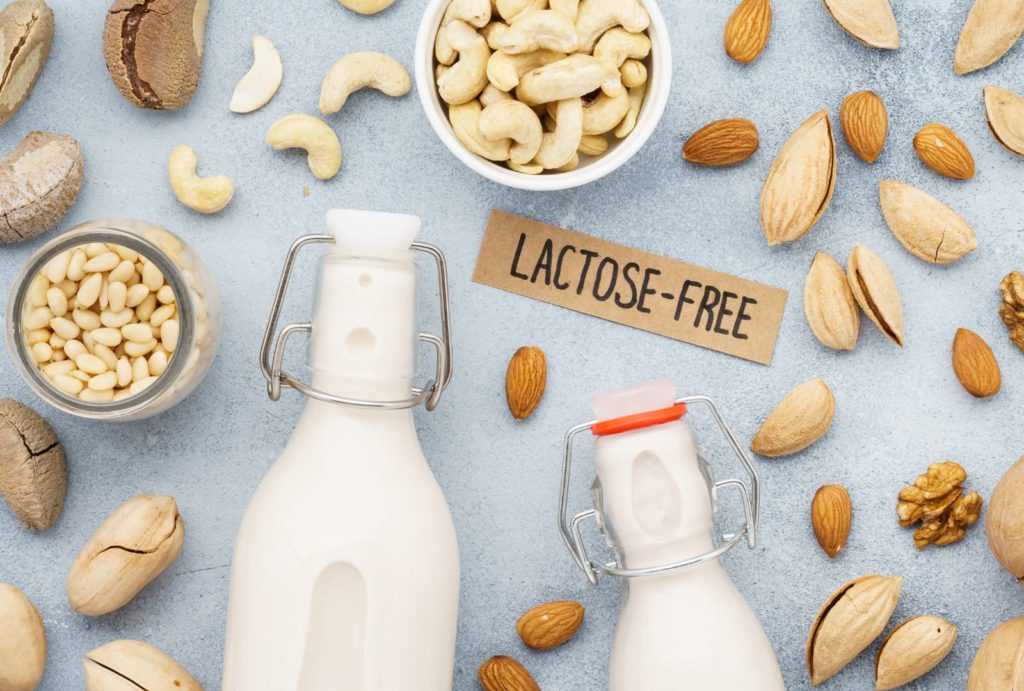I am often asked about celery and because I have recently realized that celery juice has become a wellness sensation thus, felt the need to write a few lines about it. It is often promoted as a powerful detox drink that supports skin health, digestive function, and mineral balance. While celery juice does offer hydration and essential nutrients like vitamin K, calcium, and potassium, it’s essential to examine whether its purported benefits are well-supported—and if it has potential drawbacks, especially in terms of potassium intake.

Celery Varieties
Celery is a crunchy, green vegetable known for its refreshing flavor and high water content, making it an excellent hydrating snack. Packed with essential vitamins and minerals, including vitamin K and potassium, it supports overall health. Celery typically comes in two main varieties: stalk celery and celeriac. Let’s rapidly remind us of the two varieties and their different uses.
Stalk Celery: This is the long, crisp, green vegetable commonly used in salads, soups, and juices. It features long, ribbed stalks that are usually bundled together, with leafy tops that can also be used as an herb. Very much present in Italian cuisine as part of a mixture of finely chopped vegetables, typically including onion, carrot, and celery. It constitutes an aromatic base is gently sautéed in olive oil to build flavor for soups, sauces, stews, and various dishes.
Celeriac: Also known as celery root, this variety is round and bulbous, often with a knobby, rough exterior. It has a mild celery flavor and is commonly used in soups, stews, and purees. Also used in the well-known “celery rémoulade,” a classic French dish It features grated celery root (celeriac) mixed with a creamy rémoulade sauce made from mayonnaise, mustard, lemon juice, and sometimes capers or herbs. The dish is crunchy, and is often served as a side salad or appetizer.
The Potassium Paradox: Balancing Mineral Levels
Celery juice is naturally rich in potassium, a mineral crucial for muscle function, blood pressure regulation, and maintaining the balance of fluids in cells. Many turn to celery juice as part of a mineral-balancing routine, hoping to replenish potassium and other electrolytes. However, too much potassium can disrupt the sodium-potassium ratio, essential for overall cellular health. When potassium levels rise significantly without a corresponding increase in sodium, it can cause symptoms like fatigue, muscle weakness, and, in severe cases, even heart issues.
Now, for most people, consuming potassium from food sources (like celery juice) doesn’t lead to dangerous potassium levels because the kidneys efficiently regulate it. However, excessive intake over time could pose issues, especially in those with compromised kidney function, as the body may struggle to process the potassium, causing it to build up in the bloodstream. For individuals who drink celery juice daily in large quantities, this may tip the scales over time, potentially leading to an imbalance.

How Much is Too Much? The Body’s Limits with Potassium from Foods
The body generally manages potassium well from food sources. Most people would have to drink an excessive amount of celery juice—several liters daily—to experience potassium toxicity. So, there is no need to worry if the celery intake comes mainly from food.
But for those who already take potassium supplements or supplements containing also potassium like a multivitamin/mineral supplement or a blood pressure natural support medication or have high-potassium diets, even regular celery juice could start adding up. People with kidney issues should be especially cautious, as impaired kidneys can struggle to excrete excess potassium, even from food.
Is Celery Juice Really a Miracle Drink?
While it does provide benefits—hydration, a natural diuretic effect, and a good supply of vitamins and antioxidants, it is worth remembering that these benefits are easily obtainable from other vegetables without the risk of overdoing it on one specific nutrient. And variety is key to a healthy balanced diet. Additionally, drinking celery juice removes most of the fiber present in the whole vegetable, which is beneficial for digestive health.
Also, its pale coloration, particularly in stalk celery, indicates a lower concentration of polyphenols, which are often found in higher amounts in deeply colored foods, like berries, red grapes, and leafy greens.

Conclusion: A Balanced Approach
Celery juice can be a beneficial addition to a diet in moderation, providing essential vitamins and minerals like potassium. However, the “miracle” status surrounding it is often overstated. Too much celery juice, especially when combined with other high-potassium foods or supplements, could lead to an imbalance in your mineral levels. Thus, it is wise to enjoy celery juice as part of a varied diet rather than as a daily staple.
Check out these recipes:




